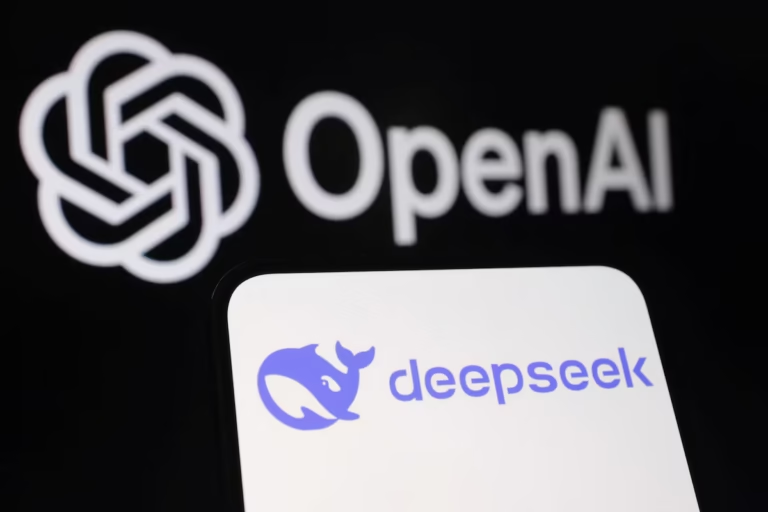The 2022 FIFA World Cup, which took place in Qatar, made use of a number of advanced technologies in order to ensure a smooth and successful event. Some of the technologies that were used in the Qatar World Cup include:
Smart Stadiums:

The eight stadiums that were used in the 2022 FIFA World Cup in Qatar were designed and built with advanced technology and features to enhance the fan experience and improve the efficiency of stadium operations. Some of the features of these smart stadiums include:
1-High-speed WiFi: All of the stadiums were equipped with high-speed WiFi to allow fans to stay connected and access real-time information and updates during the event.
2-LED lighting: LED lighting was used in all of the stadiums to provide energy-efficient and high-quality lighting for the event. Smart ticketing systems: The stadiums were equipped with smart ticketing systems that allowed fans to purchase tickets and access the stadiums using their mobile devices.
3-Video walls and screens: Large video walls and screens were installed in the stadiums to provide fans with real-time replays and other video content during the event.
4-Sound systems: The stadiums were equipped with state-of-the-art sound systems to provide clear and crisp audio for fans throughout the event.
5-Environmental controls: The stadiums were designed with advanced environmental controls to ensure a comfortable and enjoyable experience for fans, regardless of the weather conditions.
6-Energy-efficient design: The stadiums were built with energy-efficient design features to reduce their environmental impact and lower operating costs.
Artificial intelligence (AI):

Artificial intelligence (AI) was used in a variety of ways during the 2022 FIFA World Cup in Qatar to improve the event experience for fans and enhance the efficiency of event operations. Some examples of how AI was used in the World Cup include:
1-Analysis of player performance: AI was used to analyze player performance data and provide insights and recommendations to coaches and players. This could include analyzing player movement, passing accuracy, and other metrics to identify areas for improvement.
2-Personalized content for fans: AI was used to create personalized content for fans, such as news articles, videos, and social media updates, based on their interests and preferences.
3-Optimization of ticket sales and event logistics: AI was used to optimize ticket sales and other event logistics, such as transportation and accommodation, by analyzing data and identifying patterns and trends.
4-Social media monitoring: AI was used to monitor social media channels and identify key trends and topics of interest to fans, which could be used to create more relevant and engaging content.
5-Predictive analytics: AI was used to analyze data and make predictions about future outcomes, such as the results of matches or the impact of certain decisions.
Virtual Reality (VR):

Virtual reality (VR) technology played a significant role in the 2022 FIFA World Cup in Qatar, with the use of VR headsets and other immersive technologies to provide fans with a unique and engaging experience. Some examples of how VR was used in the World Cup include:
1-Training and player development: VR was used to provide players with immersive training experiences that simulated real-world match scenarios. This allowed players to practice and develop their skills in a realistic and interactive environment.
2-Virtual tours of stadiums and event venues: VR was used to provide fans with virtual tours of the stadiums and other event venues, allowing them to explore and experience these locations in a immersive and interactive way.
3-Fan engagement: VR was used to create immersive and interactive experiences for fans, such as virtual reality games, contests, and other activities.
4-Broadcasting and media: VR was used to enhance the broadcast and media experience for fans, with the use of VR cameras and other technologies to provide viewers with a more immersive and interactive perspective.
Robotics:

Robotics technology was used in a number of ways during the 2022 FIFA World Cup in Qatar to improve the efficiency and sustainability of the event. Some examples of how robotics was used in the World Cup include:
1-Maintenance and repair: Robotics was used to assist with the maintenance and repair of the stadiums and other event venues, including tasks such as cleaning, painting, and inspecting structures.
2-Transportation of goods and equipment: Robotics was used to transport goods and equipment around the event venues, including items such as food, beverages, and medical supplies.
3-Environmental monitoring: Robotics was used to monitor the environment and gather data on factors such as air quality, temperature, and humidity. This data was used to optimize event operations and improve the sustainability of the event.
4-Crowd control: Robotics was used to assist with crowd control at the event venues, including the deployment of autonomous security robots to monitor crowds and identify potential issues.
Internet of Things (IoT):

The Internet of Things (IoT) was a key technology in the 2022 FIFA World Cup in Qatar, with the use of connected devices and sensors to gather data and improve event operations. Some examples of how the IoT was used in the World Cup include:
1-Monitoring of event venues: IoT sensors were used to monitor the condition of the stadiums and other event venues, including factors such as temperature, humidity, and air quality. This data was used to optimize event operations and ensure a comfortable experience for fans.
2-Tracking of attendees: IoT sensors were used to track the movement of fans and other attendees around the event venues, which helped to improve crowd control and manage the flow of people.
3-Inventory management: IoT sensors were used to track the movement and usage of goods and equipment at the event venues, which helped to optimize inventory levels and reduce waste.
4-Environmental monitoring: IoT sensors were used to monitor the environment and gather data on factors such as air quality, water usage, and energy consumption. This data was used to improve the sustainability of the event and reduce its environmental impact.










